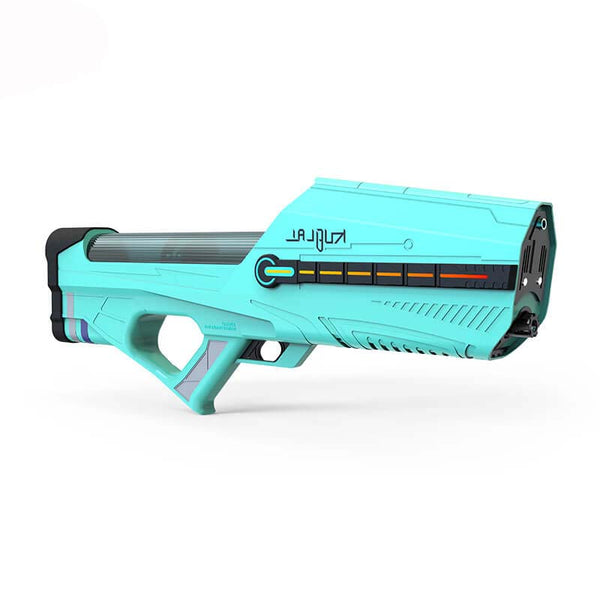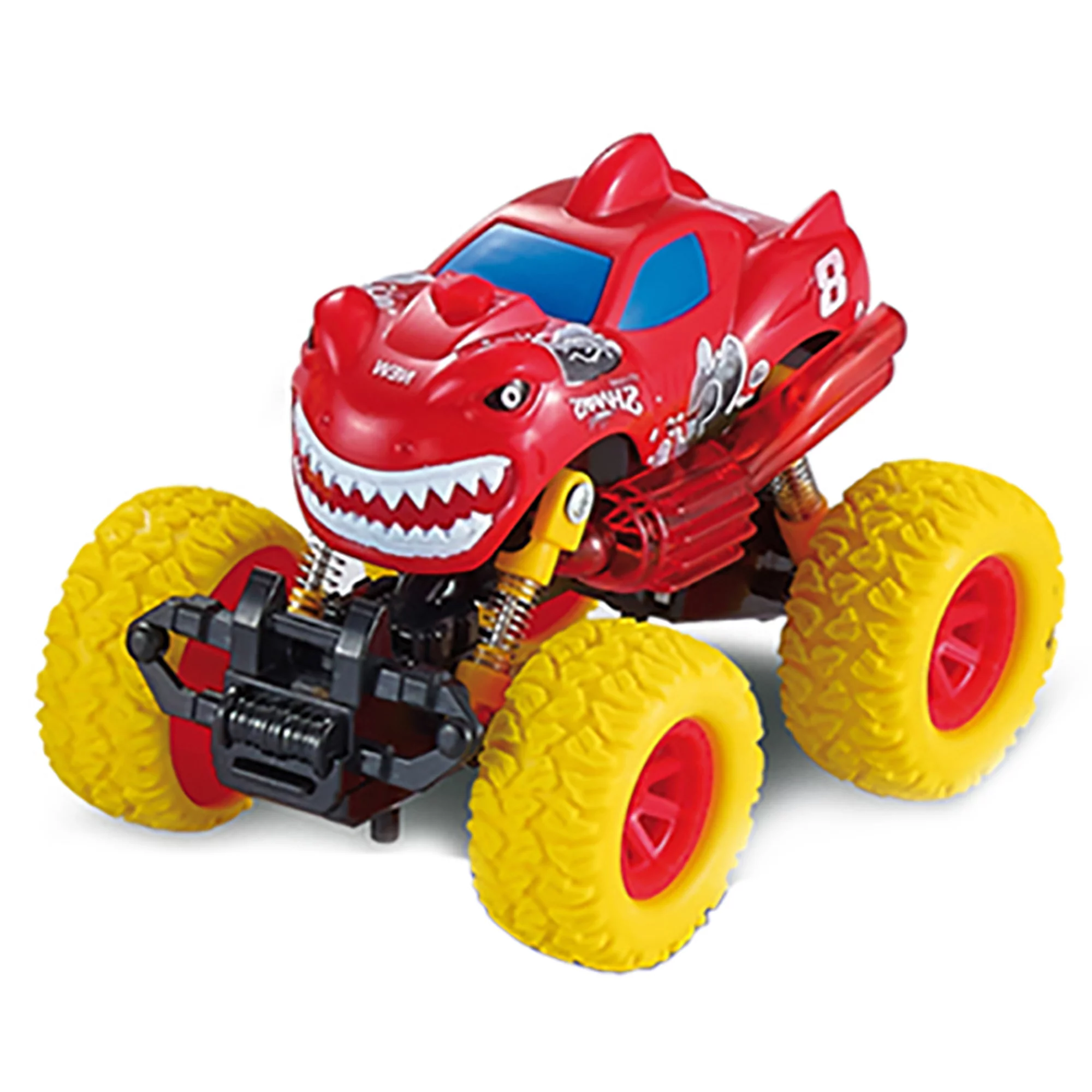I. Introduction
Toy safety for children is of utmost importance due to the potential risks associated with poorly designed or manufactured toys. Strict regulations and standards play a crucial role in ensuring the safety of toys and protecting children from harm.

II. Safety Standards and Regulations
A. Overview of national and international safety standards
National and international organizations have established safety standards and regulations to ensure the safety of toys. These standards define specific requirements for various aspects of toy design, manufacturing, and packaging. For example, the US Consumer Product Safety Commission (CPSC) has establtoysished guidelines under the Consumer Product Safety Improvement Act (CPSIA), while the European Union has its own set of regulations known as the Toy Safety Directive.
B. Compliance with safety regulations by toy manufacturers
Toy manufacturers are required to comply with the safety standards and regulations set forth by the relevant authorities. This includes conducting thorough risk assessments, testing the toys for potential hazards, and ensuring proper labeling and warnings are provided. Non-compliance can result in severe penalties and may even lead to the removal of products from the market.
C. Importance of third-party testing and certification
Third-party testing and certification play a crucial role in ensuring the safety of toys. Independent laboratories and certification bodies evaluate toys against safety standards and provide certification marks to products that meet the requirements. These third-party certifications provide assurance to consumers and help them make informed choices when purchasing toys for their children.
III. Toy Safety Measures
A. Design considerations for toy safety
Toy manufacturers need to consider various design elements to ensure the safety of their products. This includes using non-toxic materials, avoiding small parts that can pose choking hazards, and ensuring that toys do not have sharp edges or points that can cause injuries. Additionally, manufacturers need to consider age-appropriate design features to prevent young children from accessing potentially dangerous components.
B. Quality control during manufacturing
Implementing effective quality control measures during the manufacturing process is crucial for toy safety. This includes regular inspections and testing of samples from production batches to ensure that they meet the established safety standards. Manufacturers should also maintain comprehensive records of their quality control processes to demonstrate compliance with regulations.
C. Packaging and labeling requirements
Proper packaging and labeling of toys are essential for consumer awareness and safety. Clear and concise instructions should be provided to guide consumers on how to assemble and use the toy safely. Warning labels should be prominently displayed to alert consumers about potential risks and age restrictions.
Safety Tips for Using the Kublai Water Gun:
- Age appropriateness: Ensure that the water gun is suitable for your child’s age. Water guns usually have age recommendations indicated on the product. Adhere to these guidelines to ensure safe usage.
- Follow the instructions: Read and understand the instructions manual carefully. The manual provides essential information on how to properly assemble, use, and maintain the water gun. Make sure both you and your child are familiar with the instructions and follow them accordingly.
- Water pressure control: Familiarize yourself with the water pressure control feature of the water gun. Some water guns have adjustable water flow intensity. Adjust the water pressure according to your child’s age and physical strength. Avoid using excessive water pressure to prevent injuries.
- Design features: Inspect the design features of the water gun to ensure there are no sharp edges or parts that could cause scratches or punctures. Make sure the materials used in the water gun are non-toxic and that there are no small parts that could pose a choking hazard.
- Supervision: Always supervise your child while they are using the water gun. Ensure they are using it in a safe environment and avoid causing harm to others or animals. Teach them to respect others’ privacy and comfort zones, avoiding spraying the water gun towards someone’s eyes or face.
- Eye protection: Consider having your child wear appropriate eye protection, especially when using the water gun at close range or engaging in water gun games with other children. This can reduce the risk of eye injuries due to accidental spraying.
Safety Tips for Using the Hawaii Hello Kitty :
- Age-appropriate use: Ensure that the Hawaii Hello Kitty products you purchase are suitable for your child’s age. These products usually have age recommendations indicated on the packaging. Following these guidelines will ensure that children can use and enjoy the products safely.
- Purchase genuine products: Make sure to buy authentic Hawaii Hello Kitty products. Genuine products comply with the relevant safety standards and quality requirements and feature the appropriate certification marks and trademarks.
- Check product quality: Before using any Hawaii Hello Kitty product, carefully inspect its quality. Ensure that there are no damaged or loose parts or other safety hazards. If you notice any issues, do not use the product and contact the manufacturer promptly.
- Follow the instructions: Read and understand the instructions for using Hawaii Hello Kitty products. These instructions provide important information on how to properly use and maintain the products. Ensure that both you and your child understand these guidelines and follow the instructions accordingly.
- Safe environment: When using Hawaii Hello Kitty products, ensure that your child is in a safe environment. Make sure there are no sharp objects or other dangerous items that may cause harm.
